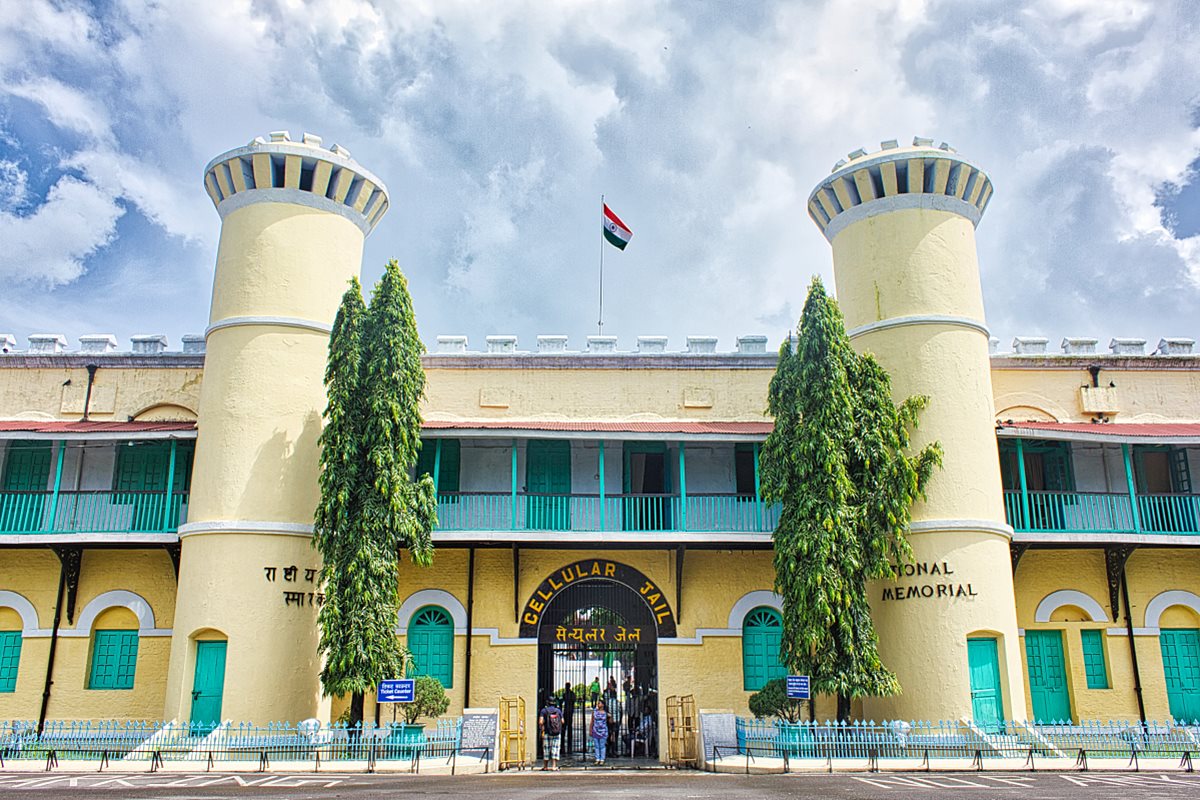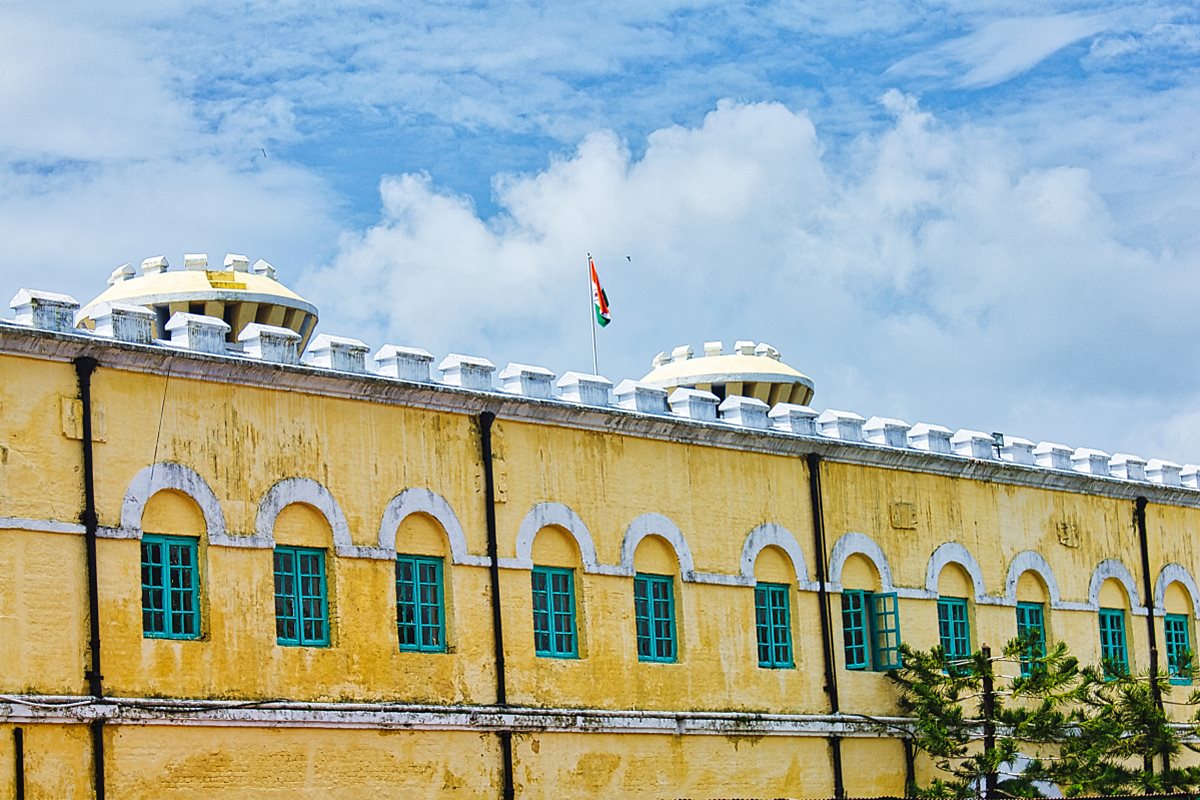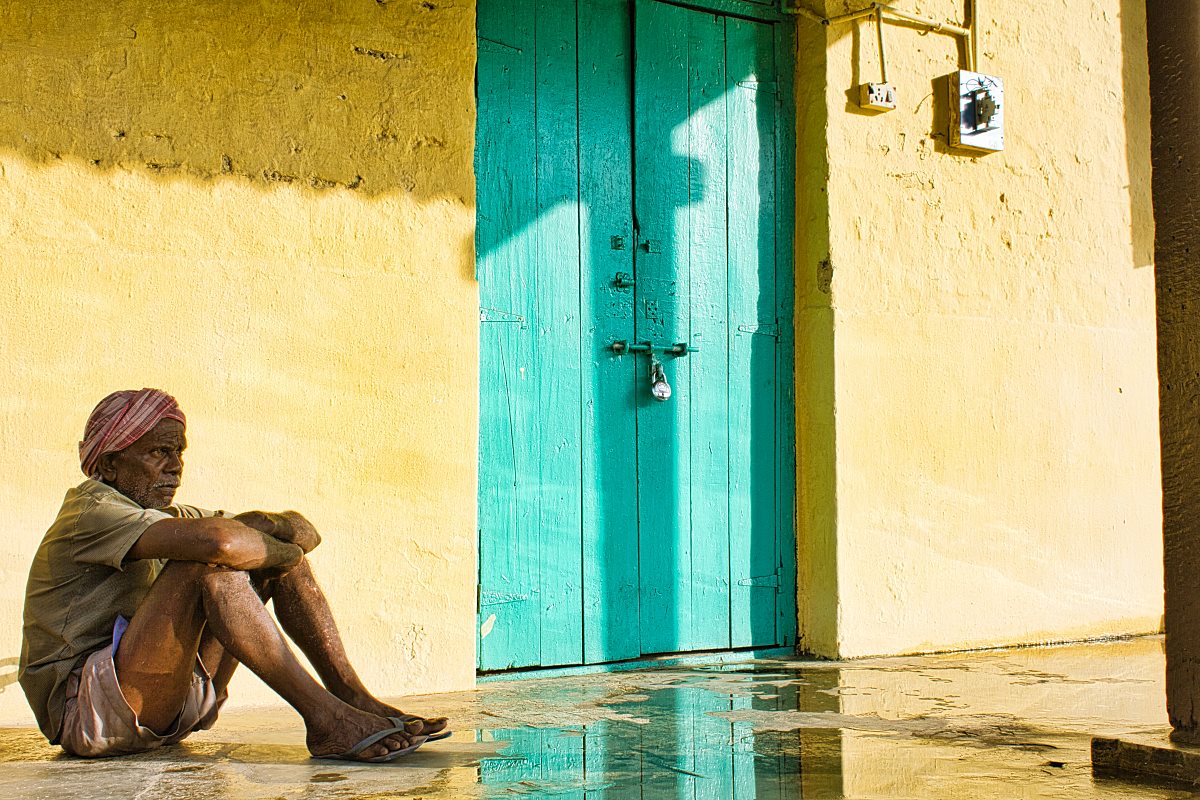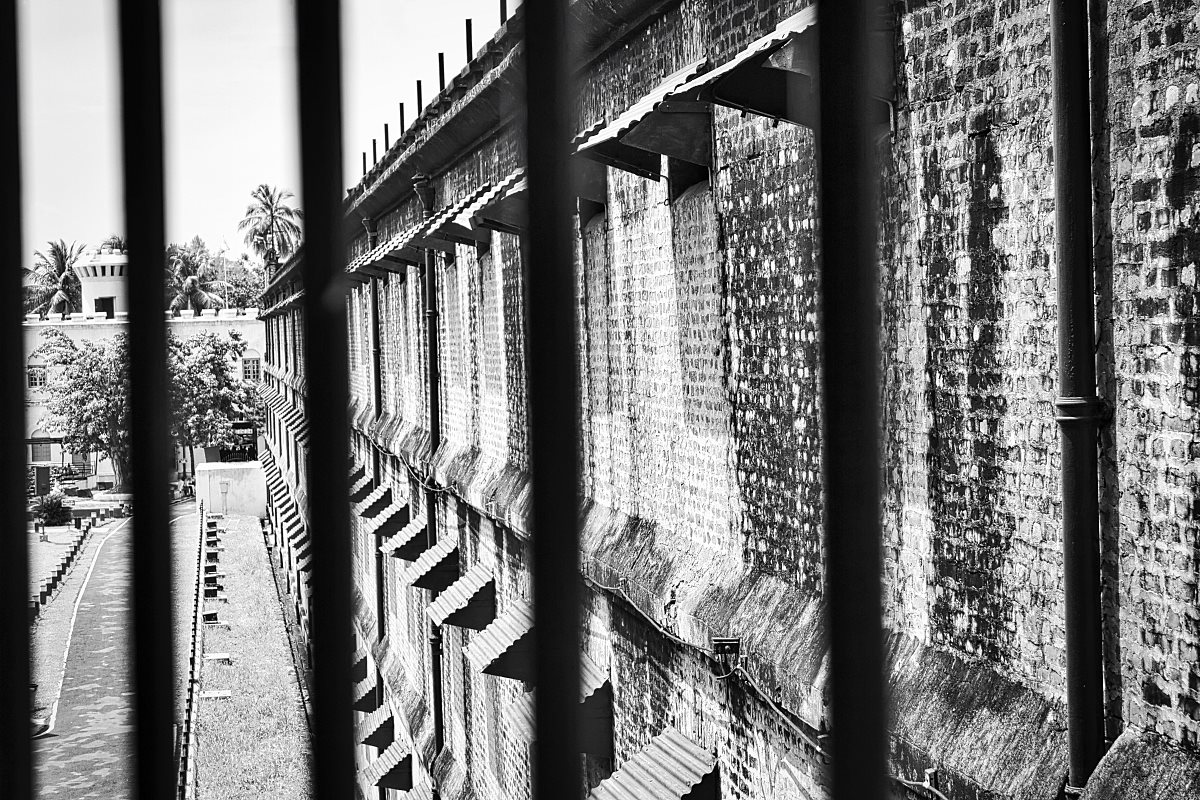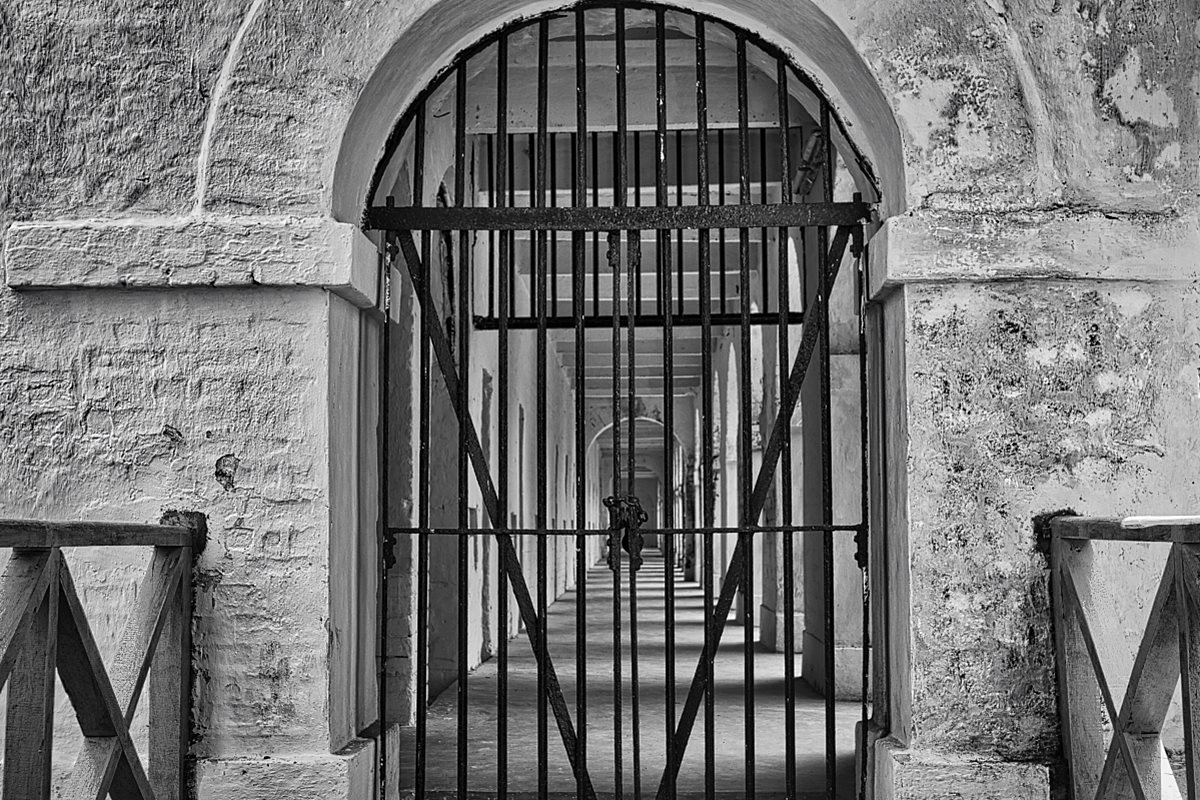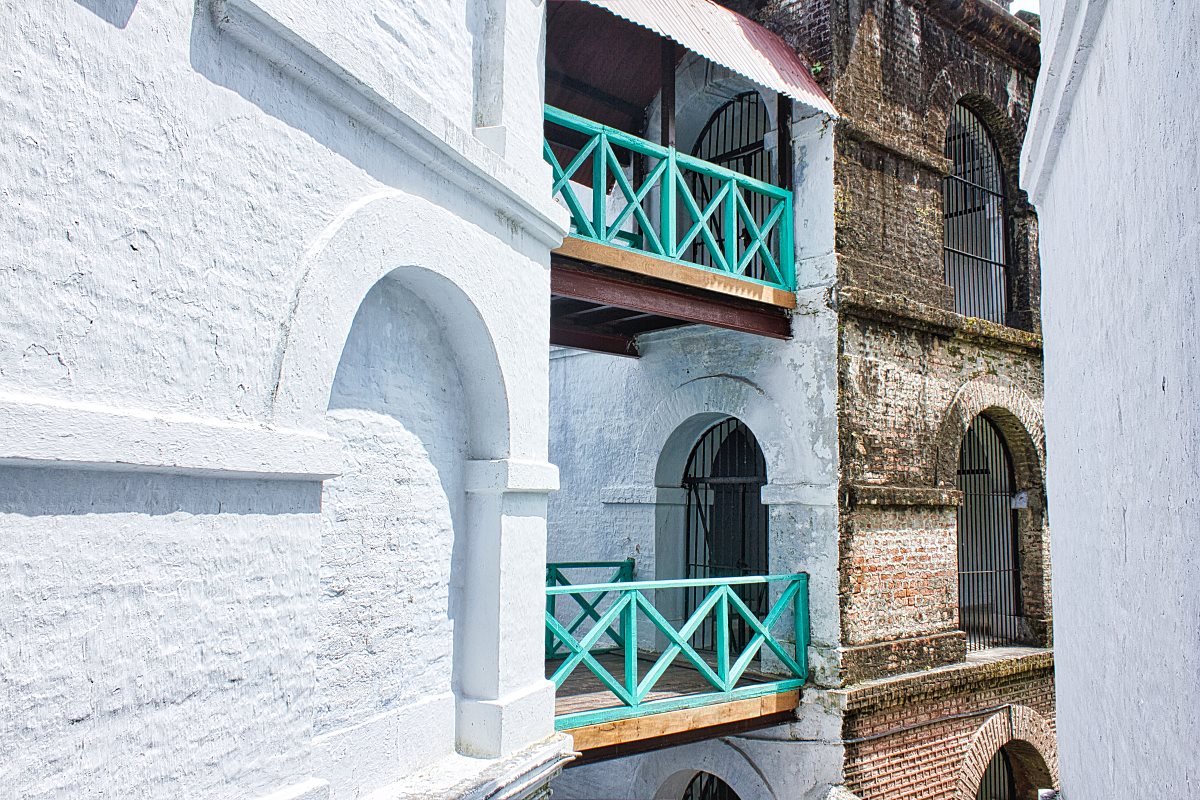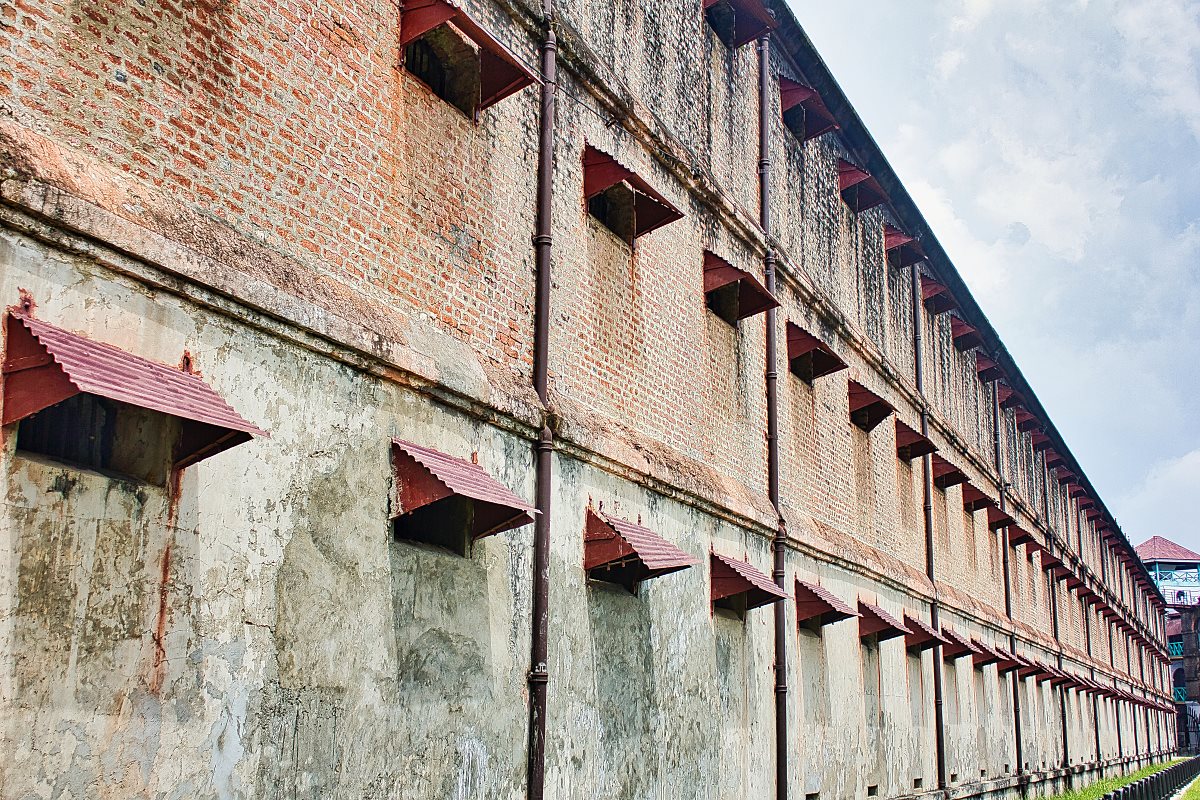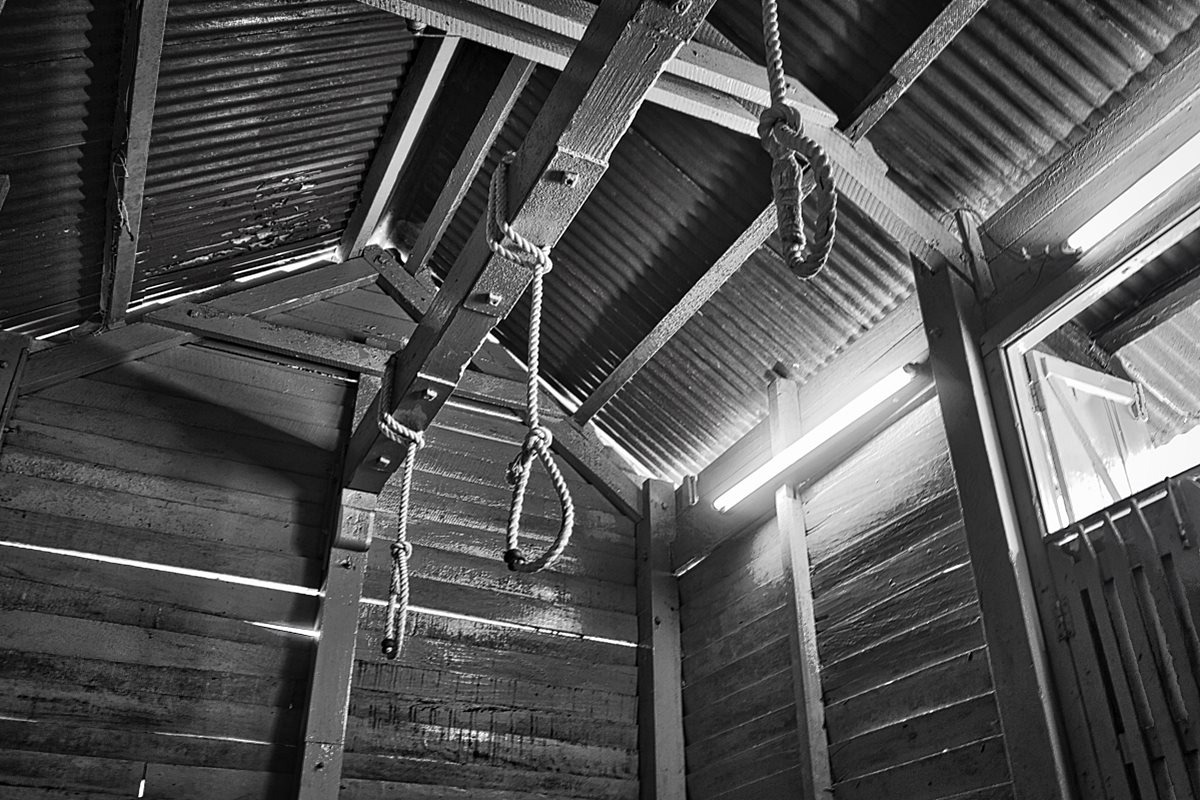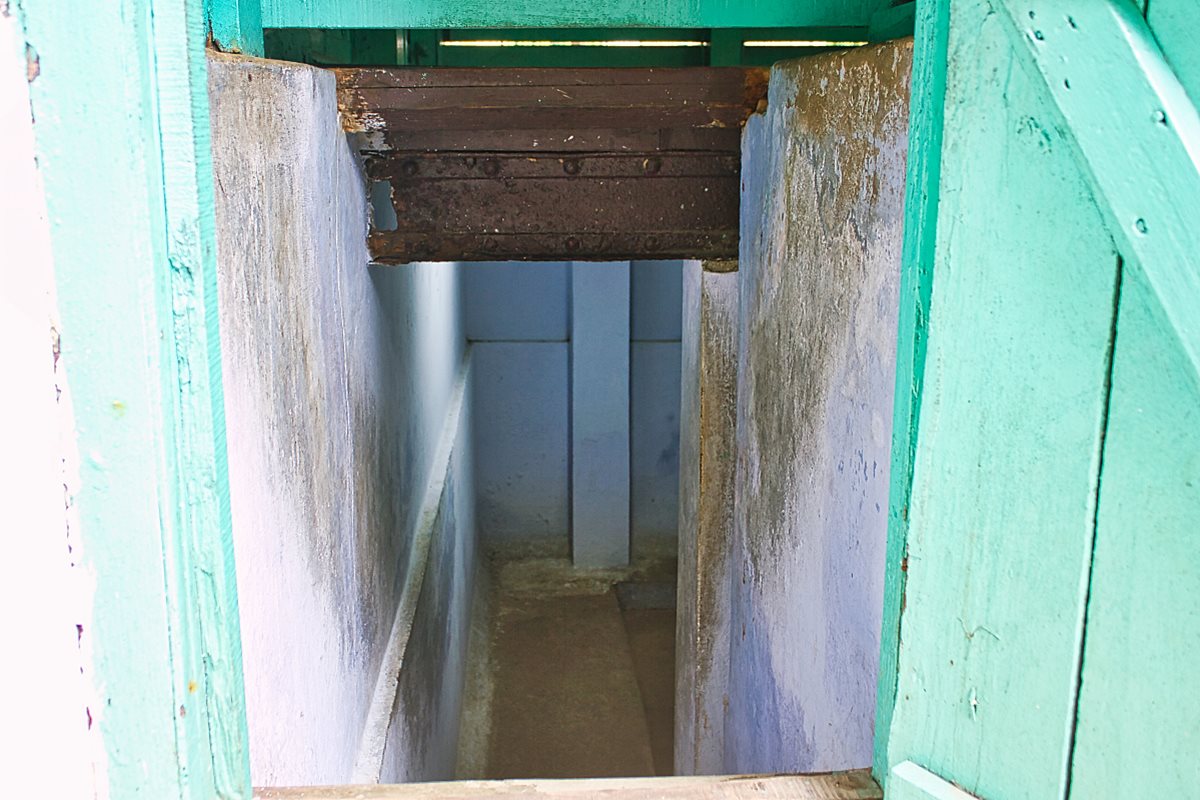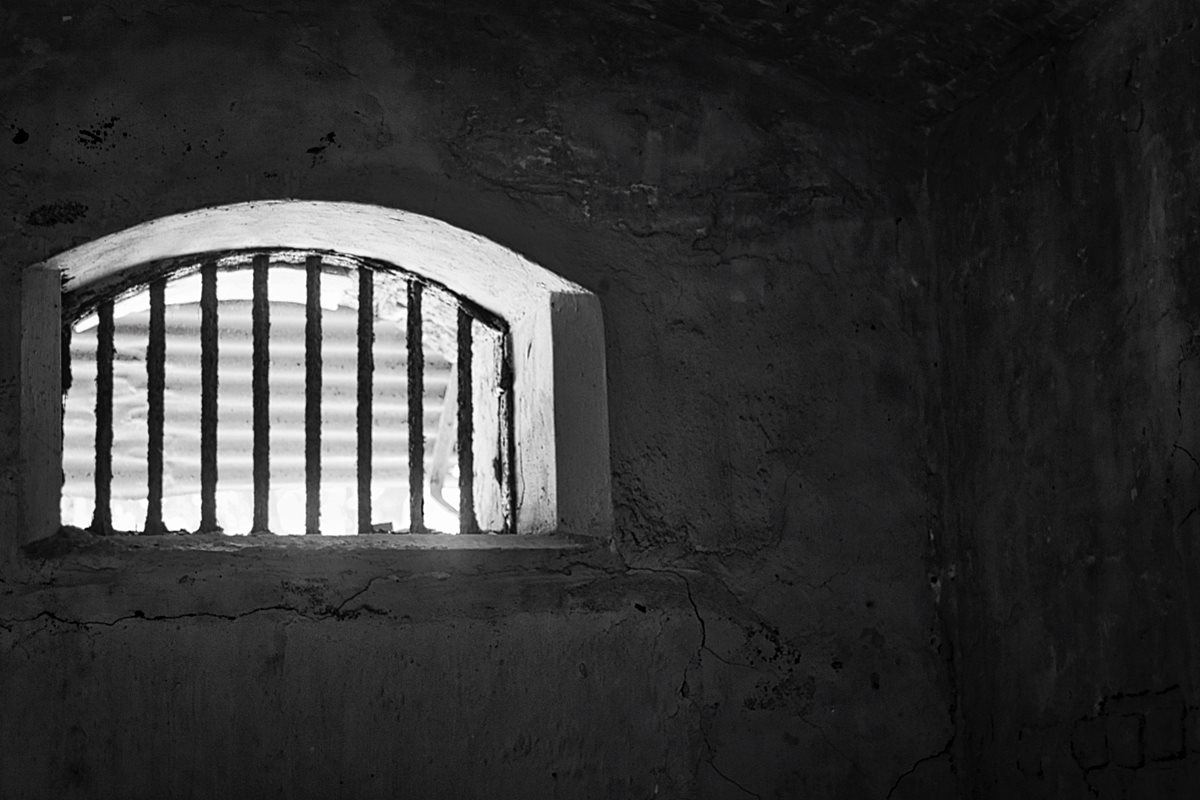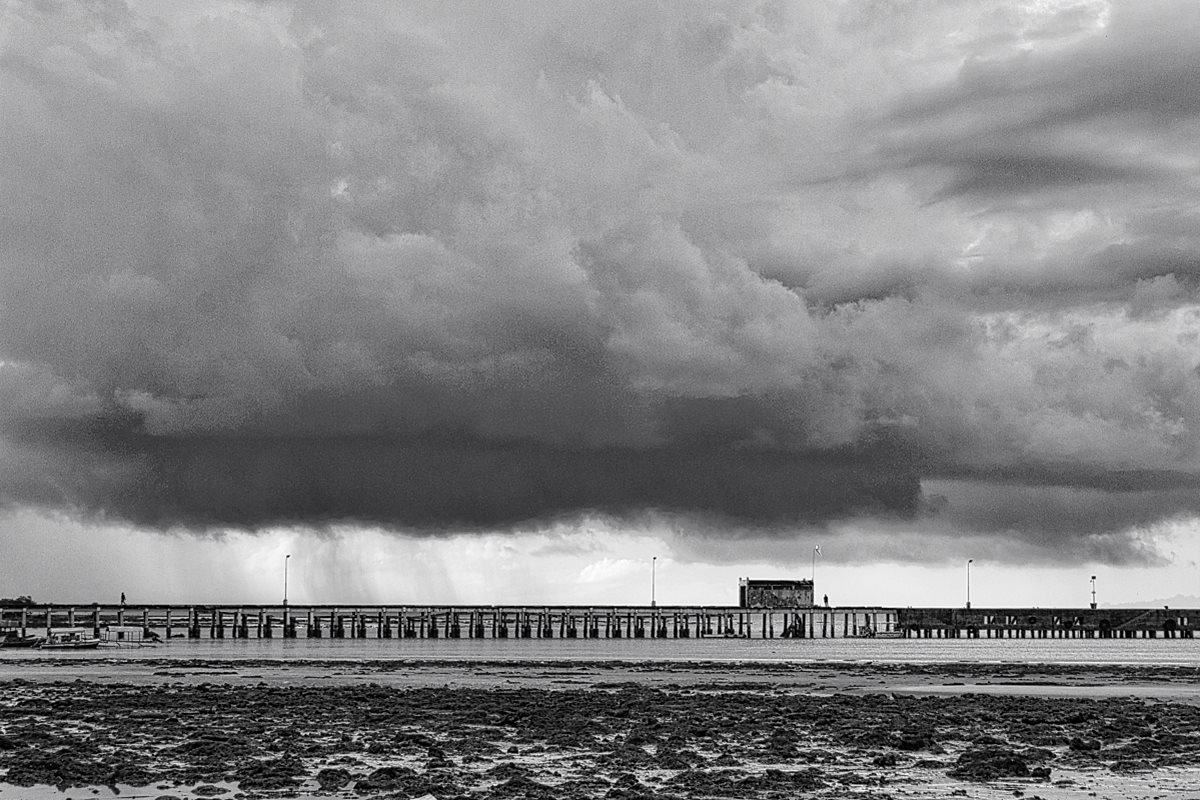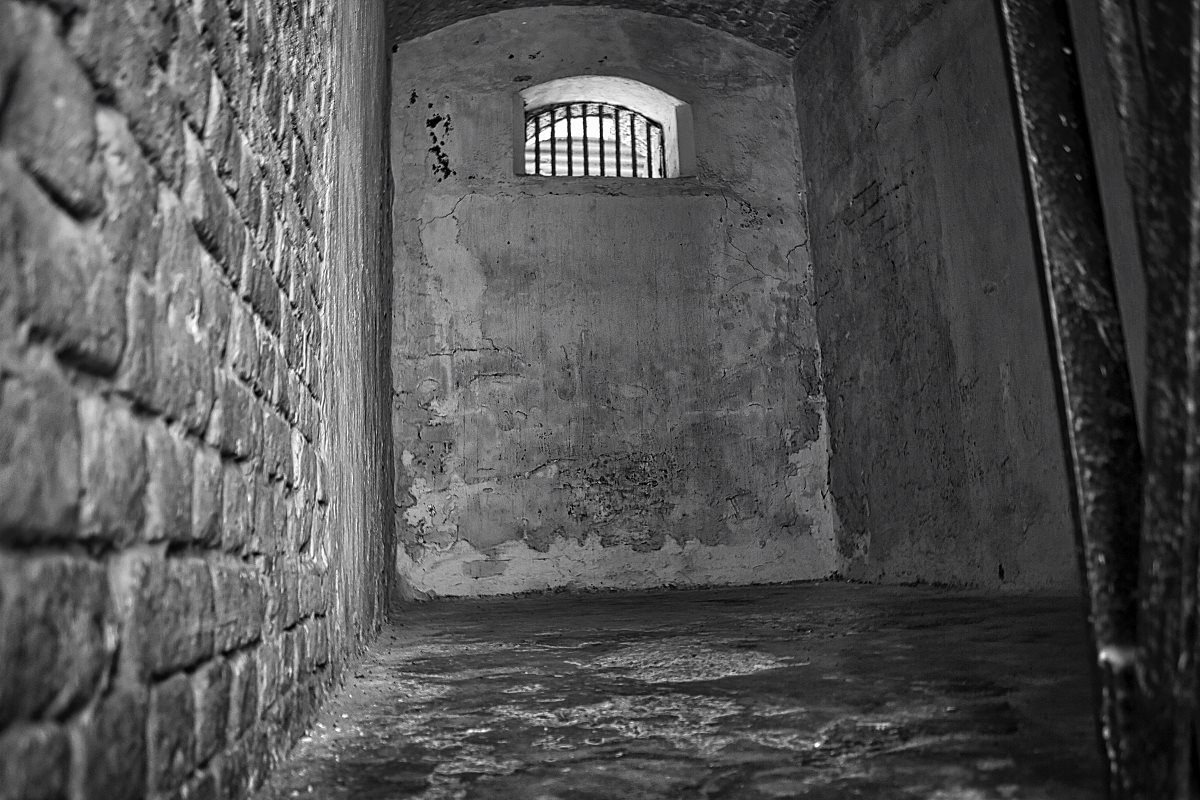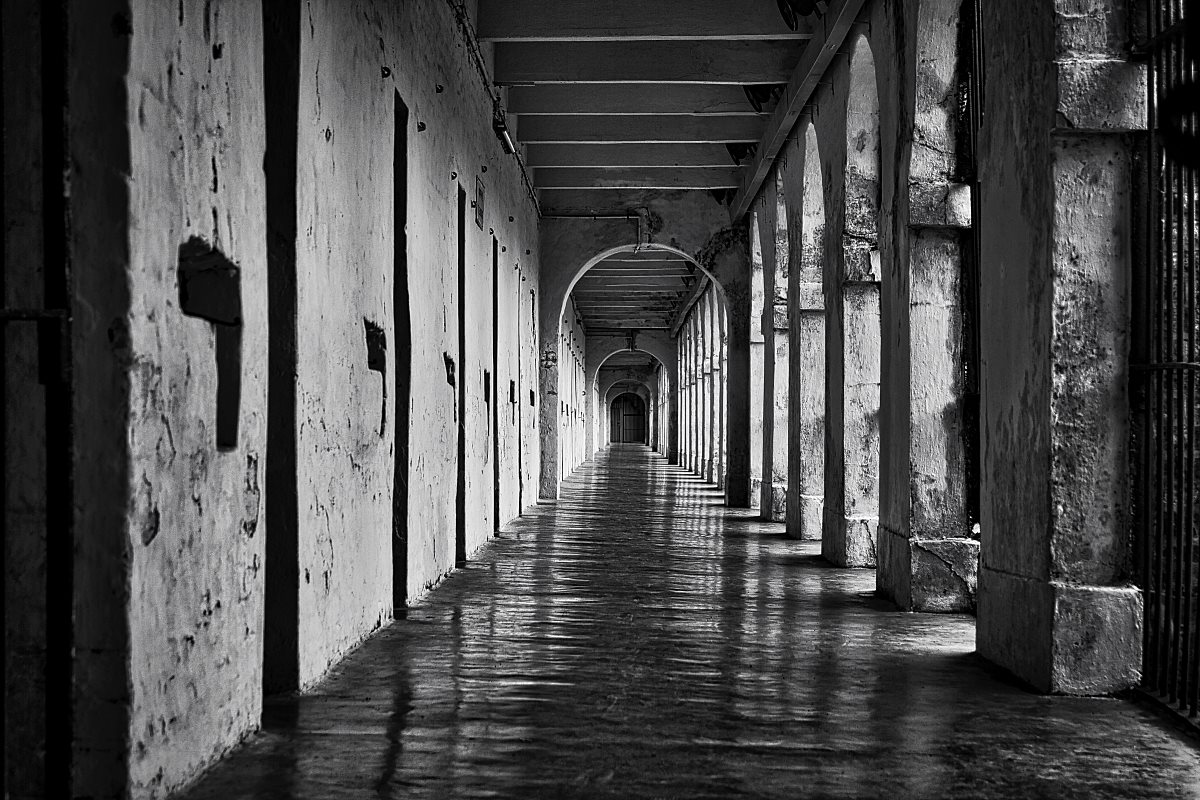Standing at the edge of the sea, its appearance as menacing as the gruesome horrors it once housed within, the Cellular Jail or "Saza-e-Kalapaani" echoes the history of one of the most brutal phases of India’s struggle for Independence.
With nothing but miles and miles of blue ocean all around, the jail was built at Port Blair, the capital city of the Andaman & Nicobar Islands. It’s main purpose - to imprison and torment prisoners, mostly India’s freedom fighters, through solitary confinement and isolation from the rest of the world, accompanied by acts of gruesome physical torture.
Completed in 1906, the Saza-e-Kalapaani is richly built with puce coloured bricks. It houses over 693 cells, its construction in a manner to prevent prisoners from having any contact. There are no dormitories. The front of each wing faces the back of the opposite cell, ensuring absolutely no association between each other.
Communication between prisoners was severely suppressed, to the extent where prisoners like the ‘Savarkar Brothers’ were in the same jail and did not know of each other’s presence for two years.
Inside the cell, no prisoner could view the beautiful deep-blue hues of the sky. Each of them could hear the sound of the crashing waves daily but never came close to gazing, smelling or even breathing the air of it.
On entering, one can almost sense the dread and desolation each prisoner felt inside. Many revolutionary patriots were constantly tortured, flogged and beaten in-spite of their failing health and the many diseases that consumed them.
Does fighting for one’s dignity and basic rights warrant such barbaric and savage treatment?
Each cell was pitch dark and gloomy. The sloped awning covering is so deep that only a silver of light was slightly visible at the bottom.
There were no toilets. Each inmate was provided with two metal bowls. One was meant for food and the other one was to be used as a toilet and then cleaned out by the prisoners when they were let out each morning.
A loin cloth was given to each of the political prisoners to wear while having a bath. It was so thin and flimsy that it would hardly conceal any part of the body, leaving the prisoners helpless and covered in shame.
This was the price they paid for their bravery, the cost of standing up against tyranny and the sacrifice they made in order for men, women and children of India to live in freedom.
These are the horrid circumstances they went through so that you and I could be free.
Freedom comes at a high price, and the existence of the Cellular Jail speaks volumes of the savage treatment that political prisoners underwent, simply because they asked for freedom for their country.
For me, it stands as a reminder of the cost of that freedom, a truth I dare not take lightly, and ask myself - “What have I done with this freedom that was bought for me?”
